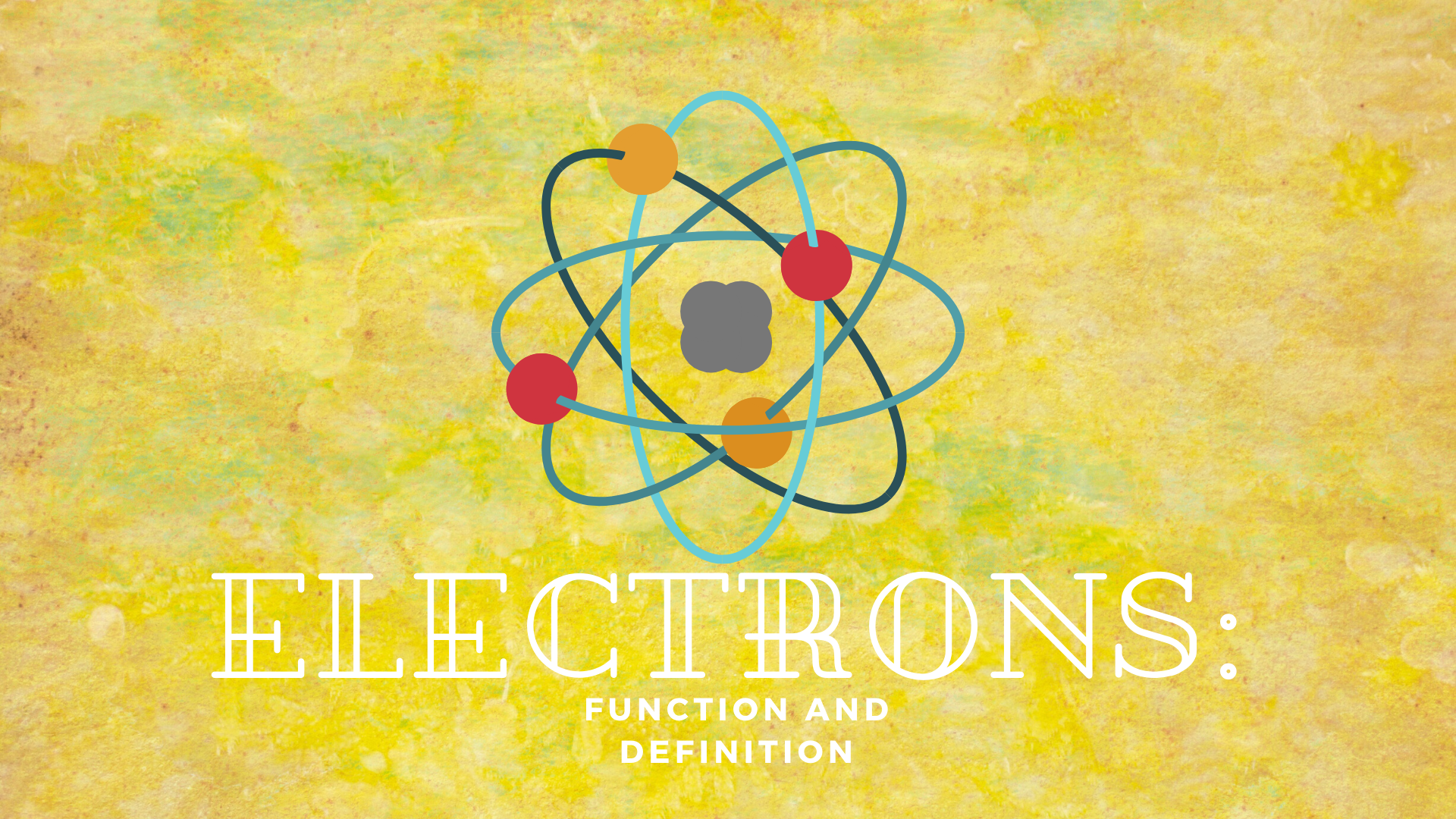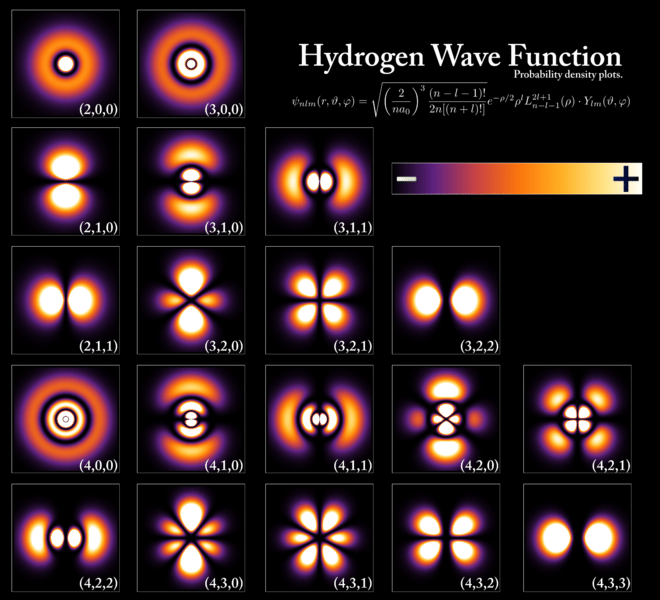
The charge of an electron is equal to the inverse (opposite) of the elementary charge’s magnitude. The elementary charge’s value is approximately 1.602 x 10-19 coulombs, so this means that the charge of an electron is -1.602 x 10-19. That’s the quick version of an electron’s charge, but it would be beneficial to examine what an elementary charge is and how it affects the properties of electrons.
Electrons And Elemental Charges
Electrons are subatomic particles with a negative elementary charge. Electrons are said to be elementary particles because they don’t have any known substructures or components. The elementary particles are what create atoms, and the other elementary particles the particles known as fermions. Fermions include leptons, bosons, and quarks. These particles are what make up everything that we know of in the universe. It was once thought that protons and neutrons were elemental particles, but quantum theory shows that they have quarks. Nonetheless, electrons not orbiting an atomic nucleus are still considered elemental particles.
“Protons give an element its identity, electrons its personality.” — Bill Bryson
Electrons are constituents of atoms, just like protons and neutrons. Electrons are said to have a negative elementary charge while protons are considered to have a positive charge and neutrons no charge. The elementary charge of a particle is a physical constant, a property of protons and neutrons that don’t change. The electric charge carried by a single proton is it’s elementary charge and typically denoted as “e” while the electric charge carried by a single electron is usually denoted as “-e”.
The value of a positive elementary charge is usually given as being approximately 1.602(98)×10−19 C while the value of a negative elementary charge is usually given as -1.602(98)×10−19 C. The elementary charge’s magnitude was initially measured by an oil drop experiment conducted by Robert A. Millikan in 1909.
Millikan’s Experiment
Millikan’s experiment involved a few different things: an enclosure that contains electrically charged drops of oil, a uniform but adjustable electric field, a meter capable of determining the magnitude of the field, and a system capable of measuring the radii of the oil drops. Millikan wanted to determine how a uniform electric field altered the trajectory of falling drops of oil. Millikan understood that he could easily calculate the force and mass (the weight) that gravity exerts on any given substance if he knew the dimensions and density of the said substance. After all, weight is just mass times gravity. Yet he was curious about how charged oil drops would react differently to gravity.
If an oil drop is subjected to gravity alone it will fall freely, yet if the oil drops are electrically charged something else happens. If the drops of oil are let go in a uniform electric field the trajectory of the oil drops will be changed depending on the magnitude and direction of the electrical field.
“The electron, as it leaves the atom, crystallizes out of Schrodinger’s mist like a genie emerging from his bottle.” — Arthur Stanley Eddington
Assuming that the forces within the electric field are directed opposite gravity’s influence, the downward velocity of the drop is likely to be affected and may decrease. At a certain point, the downward velocity of the drop will be equal to the upward force and the particle will stay suspended in mid-air as the velocity trends towards zero. During this point in time, the charge can be derived by calculating the impact of the electric field on a single particle. All that is required to do this calculation is knowing the weight of each particle and the magnitude of the electric field.
Millikan and his colleague worked to determine the charge of a single particle by simply redoing the experiment and noting any changes in the results. They eventually were able to obtain values for the elementary charge of electrons that are extremely close (within 1%) of the value scientists use today.

Wavefunctions of the electron in hydrogen atoms at various energy levels. Photo: Public Domain
The Structure Of Atoms
As previously mentioned, atoms are made out of electrons, protons, and neutrons. The protons and neutrons are substantially heavier and larger than electrons, and together they sit at the center of the atom, creating the atom’s nucleus. The electrons circle the nucleus of the atom in a structure referred to as the “electron cloud.” The electron cloud is extremely spread out in comparison to the nucleus, with a radius that is approximately 10,000 times that of the nucleus’ radius. Electrons also have much less mass than protons, one proton has around 1800 times the weight of an electron.
An atom will always have a number of protons equal to its number of electrons. The number of neutrons is frequently exactly equal to the number of protons as well. If a neutron is added to an atom, it forms an isotope, a bigger version of that atom. In contrast, introducing a proton to an atom turns it into a new element.
“Nothing happens until something moves. When something vibrates, the electrons of the entire universe resonate with it. Everything is connected.” — Albert Einstein
The number of protons that an atom has is what determines what element the atom is. For instance, oxygen atoms have eight protons while atoms of carbon have six protons and hydrogen atoms only have one proton. (The proton number is what determines the element’s atomic number on the periodic table of the elements.)
Electrons orbit the nucleus of the atom. The electrons orbit the nucleus in layers known as shells, and the outermost shell of the atom is called the valence shell. This valence shell is usually the only shell that is important to consider when it comes to chemistry. Chemists must use the configuration of the atom’s electrons, taking into account the locations of the electrons, to predict the properties that an atom of a specific element has (like conductivity, stability, boiling point, etc.)
The neutron, because it has no charge, makes a good reference point to determine the mass of both electrons and protons. Neutrons have a mass of approximately 1.6749×10-27 kg. The existence of the neutron was confirmed during an experiment where atoms were fired at a sheet of beryllium, the act of which released neutrons. Neutrons are located with the atomic nuclei of every atom, except atoms of hydrogen-1. The mass of a neutron is only a little bigger than a proton’s mass.









